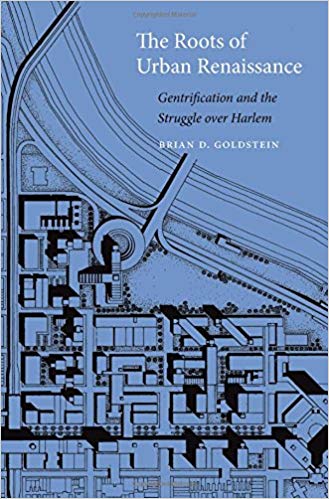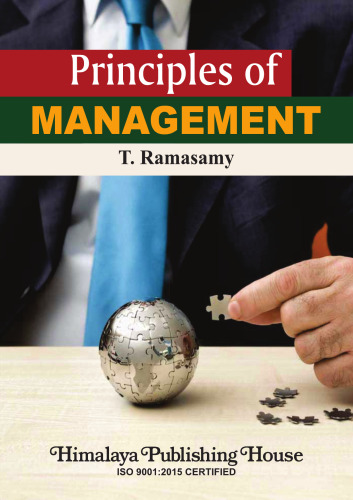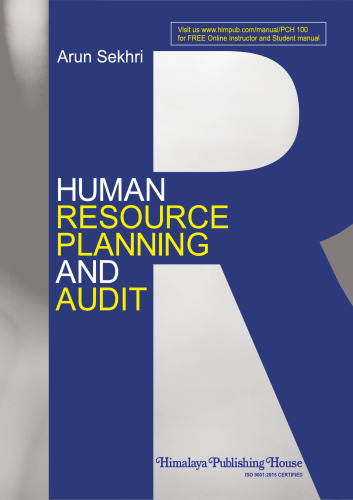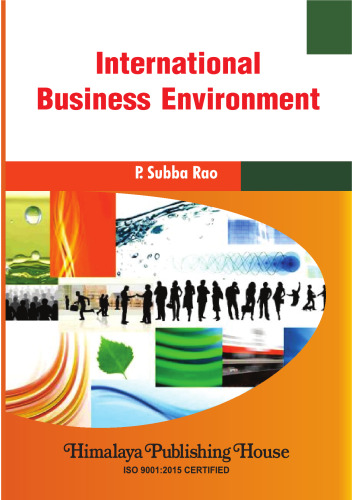Displaying gleaming new shopping centers and refurbished row houses, Harlem today bears little resemblance to the neighborhood of the midcentury urban crisis. Brian Goldstein traces Harlem’s widely noted “Second Renaissance” to a surprising source: the radical 1960s social movements that resisted city officials and fought to give Harlemites control of their own destiny.
In the post–World War II era, large-scale government-backed redevelopment drove the economic and physical transformation of urban neighborhoods. But in the 1960s, young Harlem activists inspired by the civil rights movement recognized urban renewal as one more example of a power structure that gave black Americans little voice in the decisions that most affected them. They demanded the right to plan their own redevelopment and founded new community-based organizations to achieve that goal. In the following decades, those organizations became the crucibles in which Harlemites debated what their streets should look like and who should inhabit them. Radical activists envisioned a Harlem built by and for its low-income, predominantly African-American population.
In the succeeding decades, however, community-based organizations came to pursue a very different goal: a neighborhood with national retailers and increasingly affluent residents. In charting the history that transformed Harlem by the twenty-first century, The Roots of Urban Renaissance demonstrates that gentrification was not imposed on an unwitting community by unscrupulous developers or opportunistic outsiders. Rather, it grew from the neighborhood’s grassroots, producing a legacy that benefited some longtime residents and threatened others.
چکیده فارسی
هارلم امروز با نمایش مراکز خرید جدید درخشان و خانه های ردیفی مرمت شده، شباهت چندانی به محله بحران شهری اواسط قرن ندارد. برایان گلدشتاین «رنسانس دوم» مشهور هارلم را به منبعی شگفتانگیز ردیابی میکند: جنبشهای اجتماعی رادیکال دهه 1960 که در برابر مقامات شهری مقاومت میکردند و میجنگیدند تا هارلمیتها را بر سرنوشت خود کنترل کنند.
در دوران پس از جنگ جهانی دوم، توسعه مجدد در مقیاس بزرگ با حمایت دولت موجب تحول اقتصادی و فیزیکی محلههای شهری شد. اما در دهه 1960، فعالان جوان هارلم با الهام از جنبش حقوق مدنی، نوسازی شهری را به عنوان نمونه دیگری از ساختار قدرت به رسمیت شناختند که به سیاهپوستان آمریکایی در تصمیماتی که بیشترین تأثیر را بر آنها داشت، صدای کمی میداد. آنها خواستار حق برنامه ریزی توسعه مجدد خود شدند و سازمان های جدید مبتنی بر جامعه را برای رسیدن به این هدف تأسیس کردند. در دهههای بعدی، آن سازمانها به بوتههایی تبدیل شدند که در آن هارلمیتها بحث میکردند که خیابانهایشان چگونه باید باشد و چه کسی باید در آن ساکن شود. فعالان رادیکال، هارلمی را تصور می کردند که توسط و برای جمعیت کم درآمد و عمدتاً آفریقایی-آمریکایی آن ساخته شده بود.
در دهههای بعدی، اما، سازمانهای مبتنی بر جامعه هدف بسیار متفاوتی را دنبال کردند: محلهای با خردهفروشان ملی و ساکنان به طور فزایندهای مرفه. در ترسیم تاریخی که هارلم را در قرن بیست و یکم دگرگون کرد، ریشههای رنسانس شهری نشان میدهد که اصالتگرایی توسط توسعهدهندگان بیوجدان یا خارجیهای فرصتطلب بر جامعهای ناخواسته تحمیل نشده است. بلکه از پایه های محله رشد کرد و میراثی را به وجود آورد که به نفع برخی از ساکنان قدیمی و تهدید دیگران بود.
ادامه ...
بستن ...
Ebook details:
عنوان: The Roots of Urban Renaissance: Gentrification and the Struggle over Harlem
نویسنده: Brian D. Goldstein
ناشر: Harvard University Press (February 1, 2017)
زبان: English
شابک: 0674971507, 978-0674971509
حجم: 15 Mb
فرمت: TRU pdf
ادامه ...
بستن ...



![Our mission to the court of Marocco [Morocco] in 1880, under Sir John Drummond Hay - pdf Our mission to the court of Marocco [Morocco] in 1880, under Sir John Drummond Hay - pdf](https://dl.libsan.ir/images/1/12/112108724_694b9e9769312.jpg)






